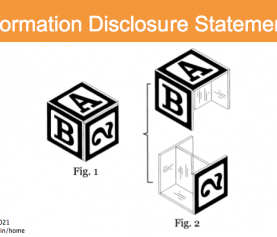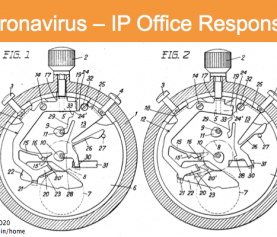Who is a Patent Inventor, and what is inventorship?
A patent must name all inventors. But, how do you know who is an inventor? And, what is inventorship, and why is it important?
Who is a patent inventor?
Every person who contributes to the claims of an issued patent is an inventor for that patent, under U.S. law. Patent inventorship means simply that the person in question is an inventor.
What is a contribution to the claims of a patent?
This is a great question, and the answer can be hard to nail down. What’s most important are: who conceived of the invention, and who has “intellectual domination” over it, meaning who came up with the idea, and who pushed it into a useful invention. Any contribution to the invention could make someone an inventor, either during experimentation, or the refinement that takes place during the prosecution of a patent or patent family (patent prosecution is the process of working with the USPTO to get the patent issued). Multiple inventors are called joint inventors or co-inventors.
What work on an invention doesn’t make a person an inventor?
A person who only worked on the project to build a prototype, for instance, is not an inventor. The legal phrase used to describe this is that someone who merely contributed a “reduction to practice” is not an inventor.
Can the inventors of a patent change?
Definitely! The inventors of a patent can change during prosecution of the patent, as claims are amended or deleted from a pending patent application. Because of this, your disclosure to your patent attorney must include what contributions each person or team member made, and not just who was involved.
Tell your patent attorney about all contributions
As the claims change, the inventors named on the patent application may have to change as well. Be sure to share this with your attorney.
Why does patent inventorship matter?
First, patent inventorship is crucial because naming the inventors incorrectly can lead to your patent being invalidated. Second, without a contract that says otherwise, all inventors have an equal and undivided right to control the prosecution of a patent application, or the commercialization through assignment or licensing of an issued patent.
Key takeaway: use contracts to set the control of all patent applications and patents
Failing to control the rights of joint inventors can lead to demands, litigation, and lost opportunities. You don’t want that headache, or the expense that comes with it.
How should inventors or companies control the rights of inventors?
Inventors should be very careful about getting suggestions or help developing their invention from anyone without having a strong non-disclosure agreement – one with invention assignment and control provisions – already in place. Companies should be sure that the employment agreements their employees signed have the same provisions.
Are your contracts protecting you and your rights?
If you have questions, call Matt Yospin now, at 617-340-9295, or click here to send him an email.







[…] decision, there are pros and cons to each side. This post assumes that you are an inventor (see my post on defining inventors) for patent application purposes, and that you are an owner of your company – if you’re an […]
[…] This information is needed for a patent application because every patent application must identify the inventors, and we need to confirm you’re eligible to file a US patent application (or other). Who are the inventors? Read more in this post. […]